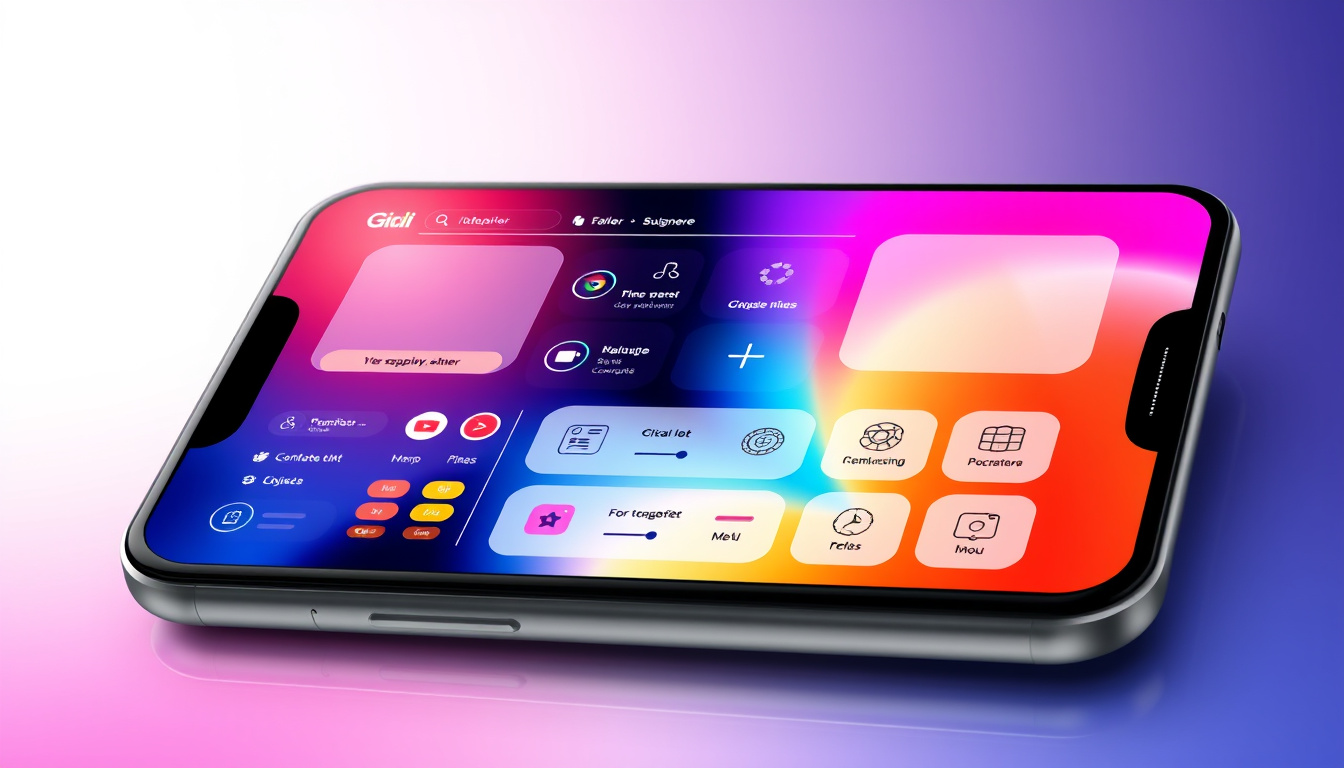In today’s digital landscape, user interface (UI) design plays a crucial role in shaping how users interact with technology. As the point of interaction between users and devices, interfaces need to be thoughtfully designed to facilitate effective communication, navigation, and overall satisfaction. This article delves into the essentials of user interface design, its various forms, best practices, and the relationship between UI and user experience (UX).
Understanding User Interface (UI)
A user interface is the space where interactions between humans and machines occur, enabling users to control devices and access information effectively. For many users, the experience of using an application is closely tied to the UI. It encompasses graphical elements such as buttons, icons, and typography, as well as audio and tactile components that enhance the sensory experience.
Types of User Interfaces
-
Graphical User Interface (GUI): The most common form, GUIs utilize visual elements, allowing users to interact via windows, icons, and menus. They make navigation intuitive and straightforward.
-
Command Line Interface (CLI): While more complex than GUIs, CLIs are favored by developers for their efficiency and control over the direct input of commands.
-
Voice User Interface (VUI): These interfaces enable users to interact through spoken commands rather than tactile inputs. Devices like Amazon’s Alexa and Apple’s Siri exemplify this technology.
-
Menu-Driven UI: Common in applications like online shopping portals, these interfaces present users with menus to select from various options seamlessly.
-
Touch User Interface: Increasingly prevalent in mobile applications, touch UIs allow users to manipulate on-screen elements through gestures, making interactions more natural.

Designing an Effective User Interface
Effective UI design is grounded in several core principles:
- User-Centered Design: Focus on understanding and incorporating users’ needs and contexts into the interface design process.
- Simplicity: An effective UI should have an intuitive layout, minimizing unnecessary complexity. Users should be able to complete tasks with minimal effort.
- Consistency: Consistent visual language and behavior across various interface elements help users learn and predict how to interact with different components.
- Feedback: Providing immediate and clear feedback for users’ actions can significantly enhance their interaction, letting them know that their input has been recognized.
The Design Process
Creating a user interface involves several stages:
- Research and Assessment: Identify the target audience and their needs through user research.
- Concept Development: Create sketches and wireframes to visualize the layout and functionality.
- Prototype Creation: Build a clickable prototype to test the interface with real users and gather feedback.
- Iteration: Revise the design based on user testing, ensuring that the interface becomes more intuitive and user-friendly.
- Implementation and Monitoring: Launch the UI and continuously monitor how users interact with it, making updates as necessary.
UI vs. UX: Understanding the Relationship
While often used interchangeably, UI and user experience (UX) refer to different aspects of digital design. UI focuses on how a user interacts with a product, while UX encompasses the overall experience a user has with it. This includes usability, accessibility, as well as the emotional response to the product. A well-designed UI can enhance UX, but it is only one part of a larger picture.
The Importance of Effective UI Design
In an era where digital interactions are paramount, the importance of effective UI design cannot be overstated. A well-structured user interface not only enhances user engagement but also increases usability and user satisfaction. Companies that prioritize UI design tend to see higher user retention rates, improved brand loyalty, and ultimately more significant business success.
As technology continues to evolve, understanding and implementing best practices in user interface design will become even more paramount. The growing diversity of devices and interaction methods—such as VR and gesture-based interfaces—presents both challenges and opportunities for designers. By embracing an empathetic design approach focused on user needs, the potential for innovation in UI design is limitless.



